Filter by
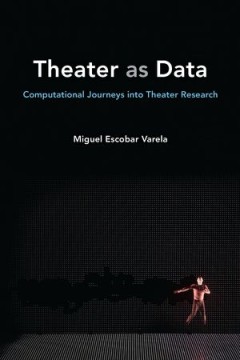
Theater as Data: Computational Journeys into Theater Research
In Theater as Data, Miguel Escobar Varela explores the use of computational methods and digital data in theater research. He considers the implications of these new approaches, and explains the roles that statistics and visualizations play. Reflecting on recent debates in the humanities, the author suggests that there are two ways of using data, both of which have a place in theater research. D…
- Edition
- -
- ISBN/ISSN
- 9780472128631
- Collation
- -
- Series Title
- -
- Call Number
- 792 VAR v
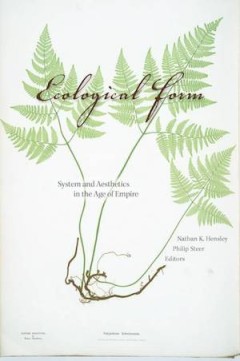
Ecological Form
Hensley and Steer look to join the conceptual tools of contemporary ecocriticism with the rich archive of nineteenth century thinking about imperial and ecological intertwinement. This collection of essays draws on that archive to demonstrate the relevance of Victorian thought for current theory and practice. Ecological Form argues that ecology, the empire, and literary thinking were inseparabl…
- Edition
- -
- ISBN/ISSN
- 9780823282128
- Collation
- -
- Series Title
- -
- Call Number
- -
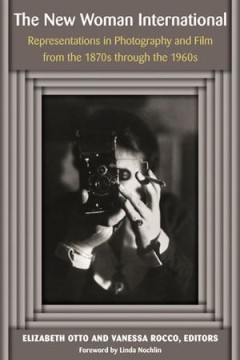
The New Woman International: Representations in Photography and Film from the…
Images of flappers, garçonnes, Modern Girls, neue Frauen, and trampky—all embodiments of the dashing New Woman—symbolized an expanded public role for women from the suffragist era through the dawn of 1960s feminism. Chronicling nearly a century of global challenges to gender norms, The New Woman International: Representations in Photography and Film from the 1870s through the 1960s is the …
- Edition
- -
- ISBN/ISSN
- 9780472900367
- Collation
- -
- Series Title
- -
- Call Number
- 791.43 NEW n
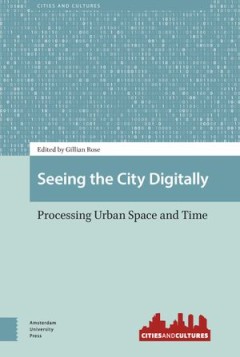
Wounded Heroes
Vulnerability is not often associated with virtue. Yet to be vulnerable is central to human experience. In this book, McCoy examines ways in which Greek epic, tragedy, and philosophy have important insights to offer about the nature of human vulnerability and how human beings might better come to terms with their own vulnerability. While studies of Greek heroism and virtue often focus on streng…
- Edition
- -
- ISBN/ISSN
- 9780199672783
- Collation
- -
- Series Title
- -
- Call Number
- -
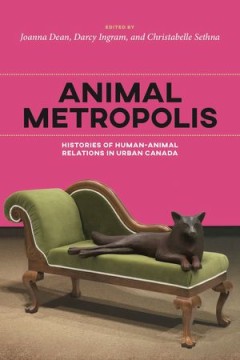
Animal Metropolis
Animal Metropolis brings a Canadian perspective to the growing field of animal history, ranging across species and cities, from the beavers who engineered Stanley Park to the carthorses who shaped the city of Montreal. Some essays consider animals as spectacle: orca captivity in Vancouver, polar bear tourism in Churchill, Manitoba, fish on display in the Dominion Fisheries Museum, and the racia…
- Edition
- -
- ISBN/ISSN
- 9781552388655
- Collation
- -
- Series Title
- -
- Call Number
- -
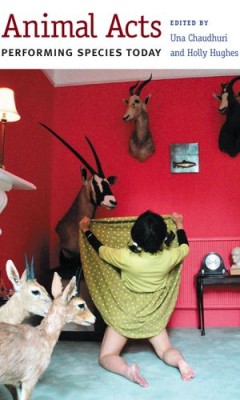
Animal Acts: Performing Species Today
We all have an animal story—the pet we loved, the wild animal that captured our childhood imagination, the deer the neighbor hit while driving. While scientific breakthroughs in animal cognition, the effects of global climate change and dwindling animal habitats, and the exploding interdisciplinary field of animal studies have complicated things, such stories remain a part of how we tell the …
- Edition
- -
- ISBN/ISSN
- 9780472901104
- Collation
- -
- Series Title
- -
- Call Number
- 792 ANI a
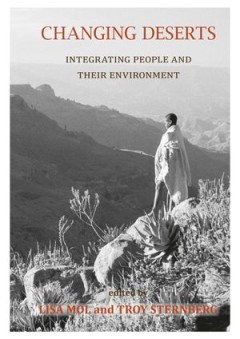
Changing Deserts
Deserts – vast, empty places where time appears to stand still. The very word conjures images of endless seas of sand, blistering heat and a virtual absence of life. However, deserts encompass a large variety of landscapes and life beyond our stereotypes. As well as magnificent Saharan dunes under blazing sun, the desert concept encompasses the intensely cold winters of the Gobi, the snow-cov…
- Edition
- -
- ISBN/ISSN
- 9781874267690
- Collation
- -
- Series Title
- -
- Call Number
- -
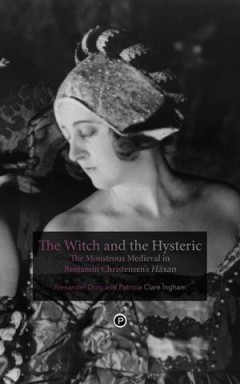
The Witch and The Hysteric: The Monstrous Medieval in Benjamin Christensen'S …
Benjamin Christensen’s 1922 Swedish/Danish film Häxan (known under its English title as Witchcraft Through the Ages) has entranced, entertained, shocked, and puzzled audiences for nearly a century. The film mixes documentary with fantasy, history with theatrics, religion and science, the medieval past and modern culture. This uncanny content is compounded by the film’s formal strangeness, …
- Edition
- -
- ISBN/ISSN
- 9780692230152
- Collation
- -
- Series Title
- -
- Call Number
- 791.43 DOT w
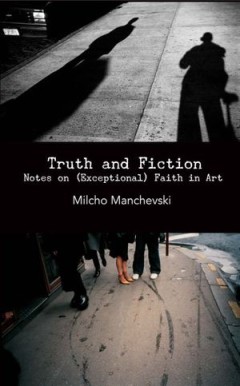
Truth and Fiction: Notes On (Exceptional) Faith in Art
Reflecting upon his experience making his 2010 feature film Mothers, a cinematic triptych interweaving three narratives that are each, in their own way, about the often tenuous lines between truth and fiction, and one of which actually morphs into a documentary about the aftermath in a small Macedonian town where three retired cleaning women were found raped and killed in 2008 and the murderer …
- Edition
- -
- ISBN/ISSN
- 9780615647104
- Collation
- -
- Series Title
- -
- Call Number
- 791.43 MAN t
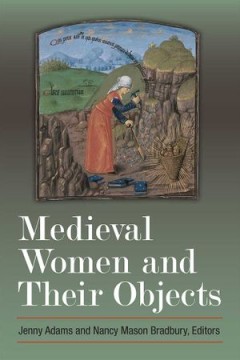
Medieval Women and Their Objects
The essays gathered in this volume present multifaceted considerations of the intersection of objects and gender within the cultural contexts of late medieval France and England. Some take a material view of objects, showing buildings, books, and pictures as sites of gender negotiation and resistance and as extensions of women’s bodies. Others reconsider the concept of objectification in the …
- Edition
- -
- ISBN/ISSN
- 9780472130146
- Collation
- -
- Series Title
- -
- Call Number
- 305.409 42 MED
 Computer Science, Information & General Works
Computer Science, Information & General Works  Philosophy & Psychology
Philosophy & Psychology  Religion
Religion  Social Sciences
Social Sciences  Language
Language  Pure Science
Pure Science  Applied Sciences
Applied Sciences  Art & Recreation
Art & Recreation  Literature
Literature  History & Geography
History & Geography